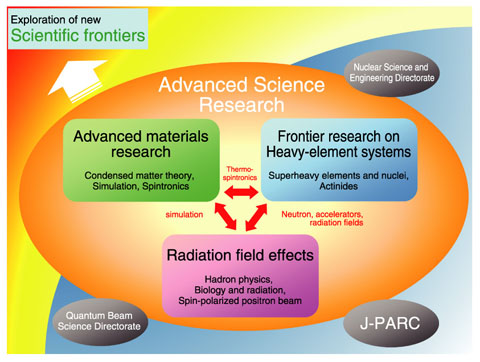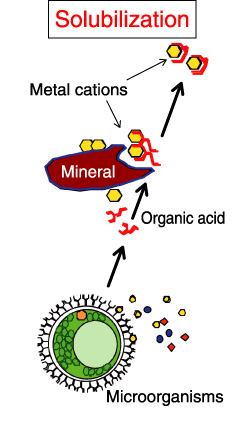
Fig.6-1 Exploration of new scientific frontiers with various collaborations

Fig.6-2 Solubilization of absorbed metal ions on minerals by organic acid
As the sole institute for atomic energy research in Japan, both basic and goal-oriented researches are within the scope of our mission. Nuclear engineering is supported by many fields of basic science and technology, and innovations in each research field would contribute to the evolution of nuclear engineering.
The purpose of Advanced Science Research Center is to promote cutting-edge researches on selected topics in basic sciences, which would enable the exploration of new frontiers in nuclear science.
“ASRC Visions” for the midterm starting April 2010 are to promote the most advanced basic research, to establish an international center of excellence (COE), and to create new research and technologies. The research projects being pursued can be categorized into three fields, i.e., basic research on advanced materials, frontier research on heavy-element systems, and basic research on radiation fields.
The research topics in the first research field include the development of molecular spin-transport materials and condensed matter theory. Frontier research in nuclear physics and characterization of superheavy elements, and on actinide compounds constitutes the second research field. The third field spans from hadron physics to biology. Collaboration among different research groups in ASRC and with other directorates is essential to explore the frontiers depicted in Fig.6-1. The research highlights for 2010 are the discovery of an innovative mechanism for spin-flow creation, discovery of an unexpected fission behavior in Hg-180, and identification of anomalous electron scattering relevant to unconventional superconductivity in uranium compounds; these highlights are described in the following pages in detail.
For solving the problems caused by the accident at Fukushima Daiichi NPP, a biological method developed at ASRC has been applied.
For example, we have found the specific function of an organic acid released by microorganisms, which solubilizes the adsorbed metal ions on a mineral. New biotechnology utilizing such specific biological functions would be developed for the remediation of soils and plants contaminated by radionuclides (Fig.6-2).